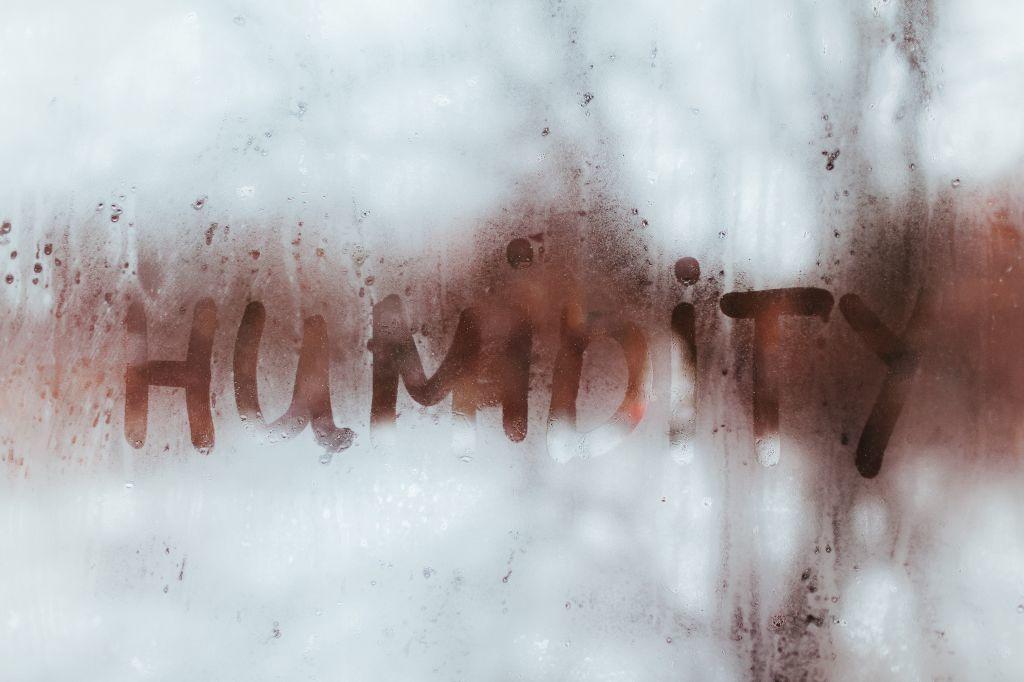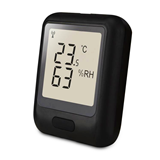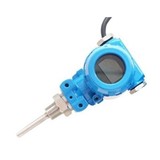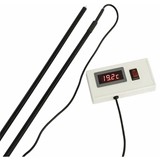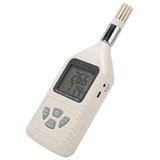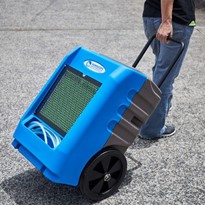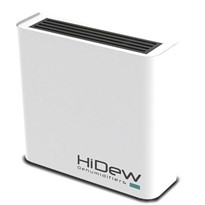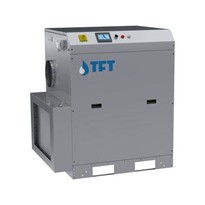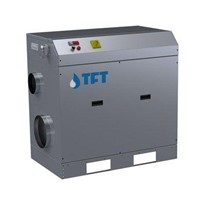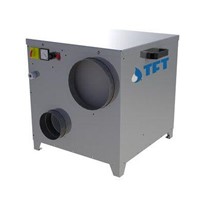What is Humidity? The question should actually be - What is Relative Humidity, Absolute Humidity and Dew Point?
Humidity can be measured in several ways: either by relative humidity, absolute humidity or dew point. Below we try to explain the different ways of measuring humidity.
ABSOLUTE HUMIDITY
Relative humidity is the most common measurement. However, in order to understand relative humidity, it is helpful to first understand absolute humidity. Absolute humidity is the water content of air. In other words, the mass of water vapor divided by the mass of dry air in a volume of air. It does not take temperature into consideration.
Absolute humidity in the atmosphere ranges from near zero to roughly 30 grams per cubic meter when the air is saturated at 30 °C. The hotter the air is, the more water it can contain. Absolute humidity is measured in g/kg. If you taken an average summer day 22°C and 55% RH you would have an absolute humidity of 9 g/kg.
RELATIVE HUMIDITY
Relative humidity, expressed as a percent, measures the current absolute humidity relative to the maximum for that temperature (which depends on the current air temperature). A reading of 100 percent relative humidity means that the air is totally saturated with water vapor and cannot hold any more, creating the possibility of rain in the atmosphere and condensation in the factory.
Further, when the moisture content remains constant and temperature increases, relative humidity decreases. For example, if we have air at 22°C and 55% we would have an absolute humidity level of 9 g/kg. Warmer air can hold more humidity. So, if we increase the temperature to 30°C but keep the absolute humidity the same (9 g/kg) the relative humidity would now be 34% RH. Similarly, if we decrease the temperature from 22°C to 12 °C and kept the absolute humidity the same we would now have a relative humidity of 100% RH.
DEW POINT
The dew point is the saturation temperature for water in air. The dew point is associated with relative humidity. A high relative humidity implies that the dew point is closer to the current air temperature.
Relative humidity of 100% indicates the dew point is equal to the current temperature and that the air is maximally saturated with water. For example, at 22°C and 100% RH the air will have a dew point of 22°C also. Likewise, to take our previous example, air at 22 and 55% RH has a dew point of 12°C. So if cooled this air down, 12°C is the temperature at which moisture will be released from the air and condense on surrounding surfaces.


